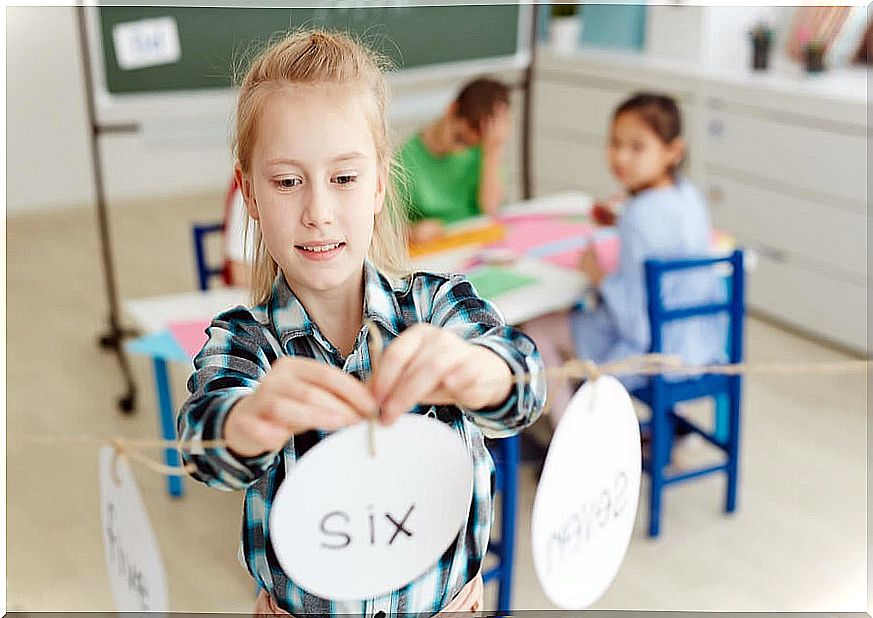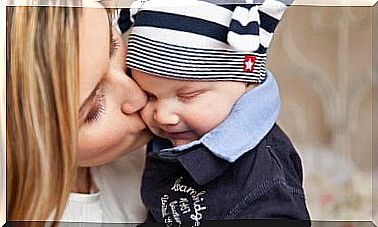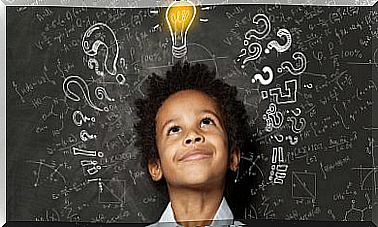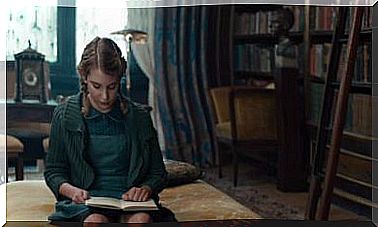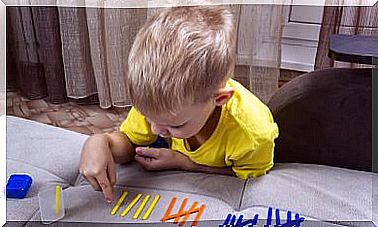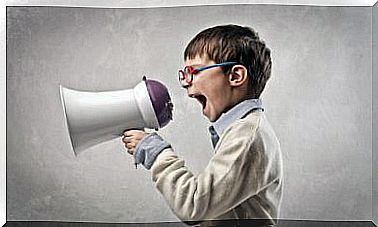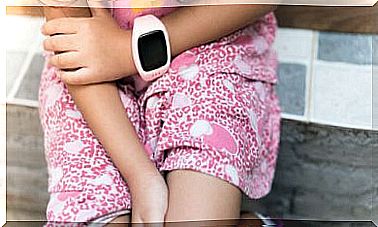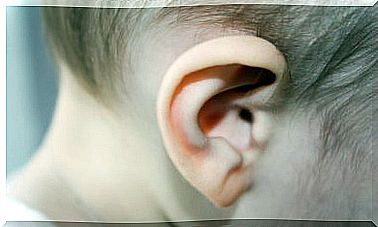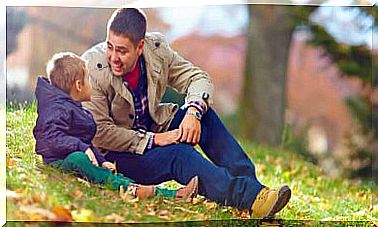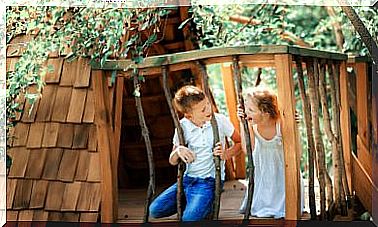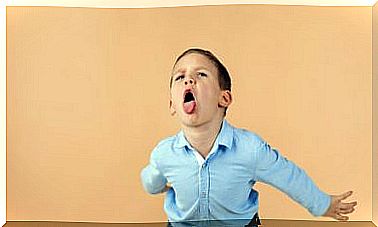How To Teach Math To Your Children At Home?
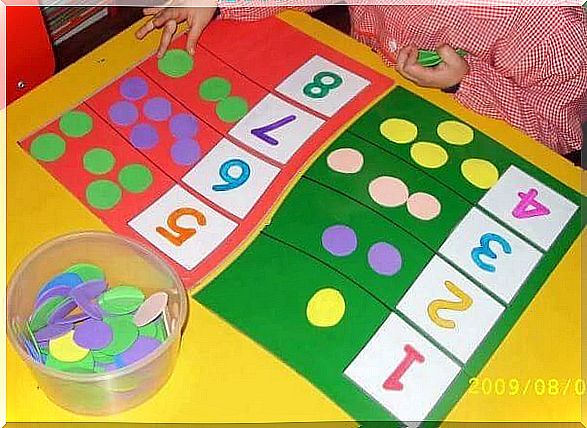
Mathematics is a part of everyday life, but generally teaching mathematics provokes some resistance in people. This occurs because not everyone feels prepared to handle this topic and even less to teach it. But it is important because quantities, numbers and mathematical operations are present in the day to day.
We may not be experts, but we have the basic knowledge to introduce our children to numbers. Daily activities provide us with the space to carry out the educational work that we have to do at home.
It is a mandatory question; How to get children to know the numbers? Let them begin their experience in the wonderful world of mathematics… Teachers and parents alike have a challenge, and it will be much easier to tackle if you follow the advice of the experts.
Teaching Kids Math: Getting Started Tips
Children spontaneously begin to count, especially since numbers are everywhere around them. They are written and they listen to them all the time. The challenge as parents is to make children aware of what numbers are, what they are for and how to represent them.
At three years of age the child is a connoisseur of numbers; he has heard adults talk about finances, dictate phone numbers, count the months and years that he has served. Numerical writing can be found on watches, calendars, car license plates and your favorites: electronic devices. This is a reason to take it out of its abstraction a bit and begin to know the meaning of these elements.
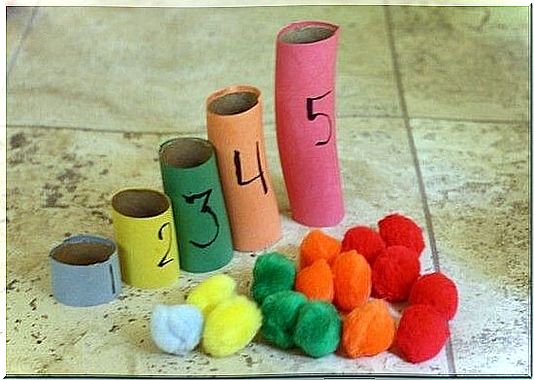
At the beginning, the children manage by means of repetitions, they have heard us say how old they are and that two of that or three of this are missing; That is why it is very easy to take advantage of everyday actions to make them aware of mathematical principles. To start this challenge, write down the following tips:
- One of the main practices is to make verbal emphasis on quantities. When we talk about certain objects we tend to emit a number, for example: “there are two plates on the table”, “three colored pencils are missing”, “give me two hugs”.
- Carry out all possible counts, always inviting you to count on us. This step is important for the child to begin to relate the verbal number to the quantities.
- Math spellings and operations can wait a bit; because in the first stage, although they can count on and repeat with us, they are not yet prepared to carry out written processes.
- You must be patient and constant, because it is through experience, the child moves away from that abstract element that for a long time was the number and begins to work on a clearer concept, where one or five can be represented in amounts of objects.
- Little by little we are introducing elements of addition and subtraction, but still without going to the written plane. Adding a new toy and removing a piece of clothing are concepts that will permeate the child, as long as we make them notice it.
- Among the recommendations of specialists such as María Montessori, is to provide the child with activities that introduce him to logical thinking, something that although it sounds profound to us, is a process that occurs in the brain naturally. For this, matching, ordering and classification are proposed.
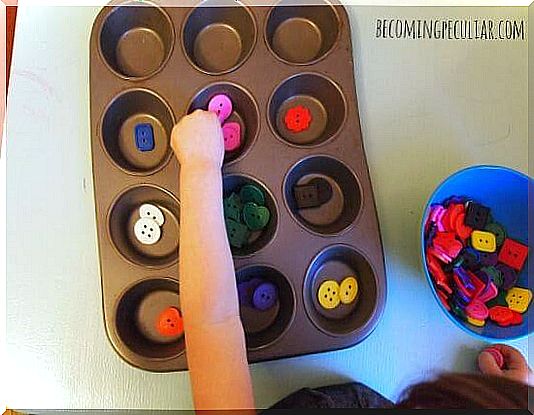
- It is always important to support the child with tools designed to accompany their mathematical training. There are teaching resources on the market that serve this purpose, but they can also be built at home.
- The objective of these tools is that the child can compare quantities of objects of the same color or can order from smallest to largest ; At this time, he also begins to relate the amount to the written number.
- We must bear in mind that to work the main mathematical notions in children, first emphasis is placed on quantities, counting and options to make the number concrete. It is not advisable to move on to written activities in advance or at the same time.
Perhaps we can believe that with our ability in mathematics or pedagogy we will not complete a successful process, but by following these recommendations we can achieve that the child is effectively introduced to a concept that he did not know. Through these exercises, children are initiated into an experience that will accompany them throughout their lives and will surely be very useful when they arrive at school.
